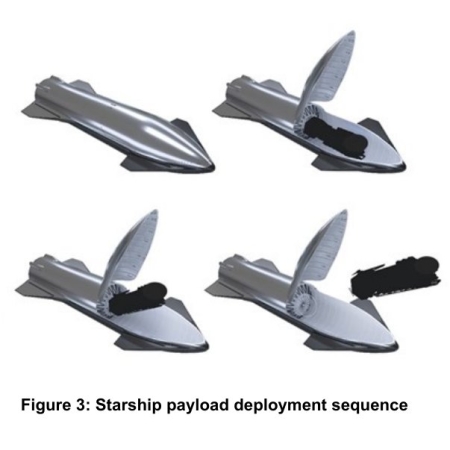Masten’s lunar lander wins NASA contract
Capitalism in space: Masten’s XL-1 lunar lander has won a NASA contract to bring a suite of science instruments to the Moon’s south polar regions, the launch targeted for December 2022.
The company also hopes to sell payload space on the lander to other customers.
Masten won a task order for NASA’s Commercial Lunar Payload Services (CLPS) program valued at $75.9 million. Masten will deliver nine science and technology demonstration payloads to the lunar surface near the south pole by December 2022 on the company’s XL-1 lander.
The CLPS payloads, with a mass of about 80 kilograms, will serve as the initial, anchor customer for that mission, Sean Mahoney, chief executive of Masten, said in an interview. He said there are “hundreds” of kilograms of additional payload space available on the lander, and that the company is working to line up additional customers.
Masten is now the third private company with an active contract with NASA to land science payloads on the Moon. Astrobotic and Intuitive Machines are the others, with their missions targeting 2021 for launch.
Capitalism in space: Masten’s XL-1 lunar lander has won a NASA contract to bring a suite of science instruments to the Moon’s south polar regions, the launch targeted for December 2022.
The company also hopes to sell payload space on the lander to other customers.
Masten won a task order for NASA’s Commercial Lunar Payload Services (CLPS) program valued at $75.9 million. Masten will deliver nine science and technology demonstration payloads to the lunar surface near the south pole by December 2022 on the company’s XL-1 lander.
The CLPS payloads, with a mass of about 80 kilograms, will serve as the initial, anchor customer for that mission, Sean Mahoney, chief executive of Masten, said in an interview. He said there are “hundreds” of kilograms of additional payload space available on the lander, and that the company is working to line up additional customers.
Masten is now the third private company with an active contract with NASA to land science payloads on the Moon. Astrobotic and Intuitive Machines are the others, with their missions targeting 2021 for launch.

